While Canon continues to dominate in the consumer and professional camera markets, its absence from the 2025 Sundance Film Festival’s camera list of narrative projects raises some intriguing questions. According to the Sundance 2025 Camera Chart, not a single Canon Cinema EOS camera is featured, despite the company’s long-standing reputation for high-quality imaging equipment. Instead, the list is overwhelmingly populated by cameras from ARRI, particularly the ARRI ALEXA 35, which continues to dominate the festival circuit for narrative filmmaking. This raises an important question: Why aren’t Canon Cinema EOS cameras, which are widely used in other professional and commercial environments, popular among top indie filmmakers?
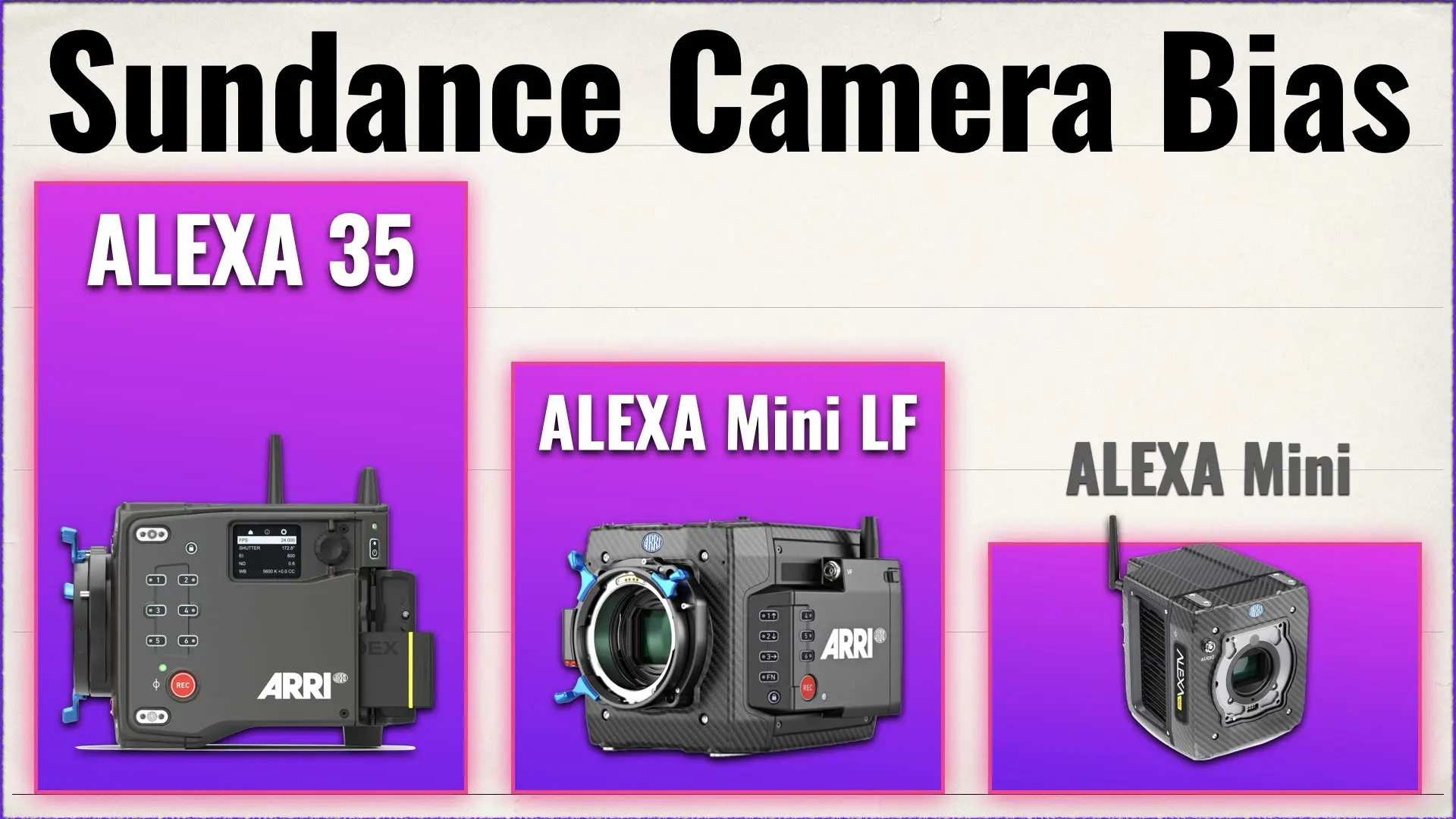
ARRI ALEXA: Industry Standard for Indie Filmmakers (?!)
The ARRI ALEXA has long been the preferred choice for indie filmmakers working on high-profile projects. Its cinematic image quality, robust build, and impressive dynamic range make it the go-to tool for many filmmakers who want to achieve that signature “film look” with modern digital tools. ARRI cameras have gained a near-mythical status in the industry, with many filmmakers swearing by their performance and color science. While Canon’s Cinema EOS line, which includes the C300 Mark III, C500 Mark II, and C300 Mark II, offers excellent features and a solid reputation in the broadcast and commercial spaces, the absence of Canon cameras in this prestigious list of Sundance narrative cameras raises questions about the brand’s standing in the indie filmmaking world.
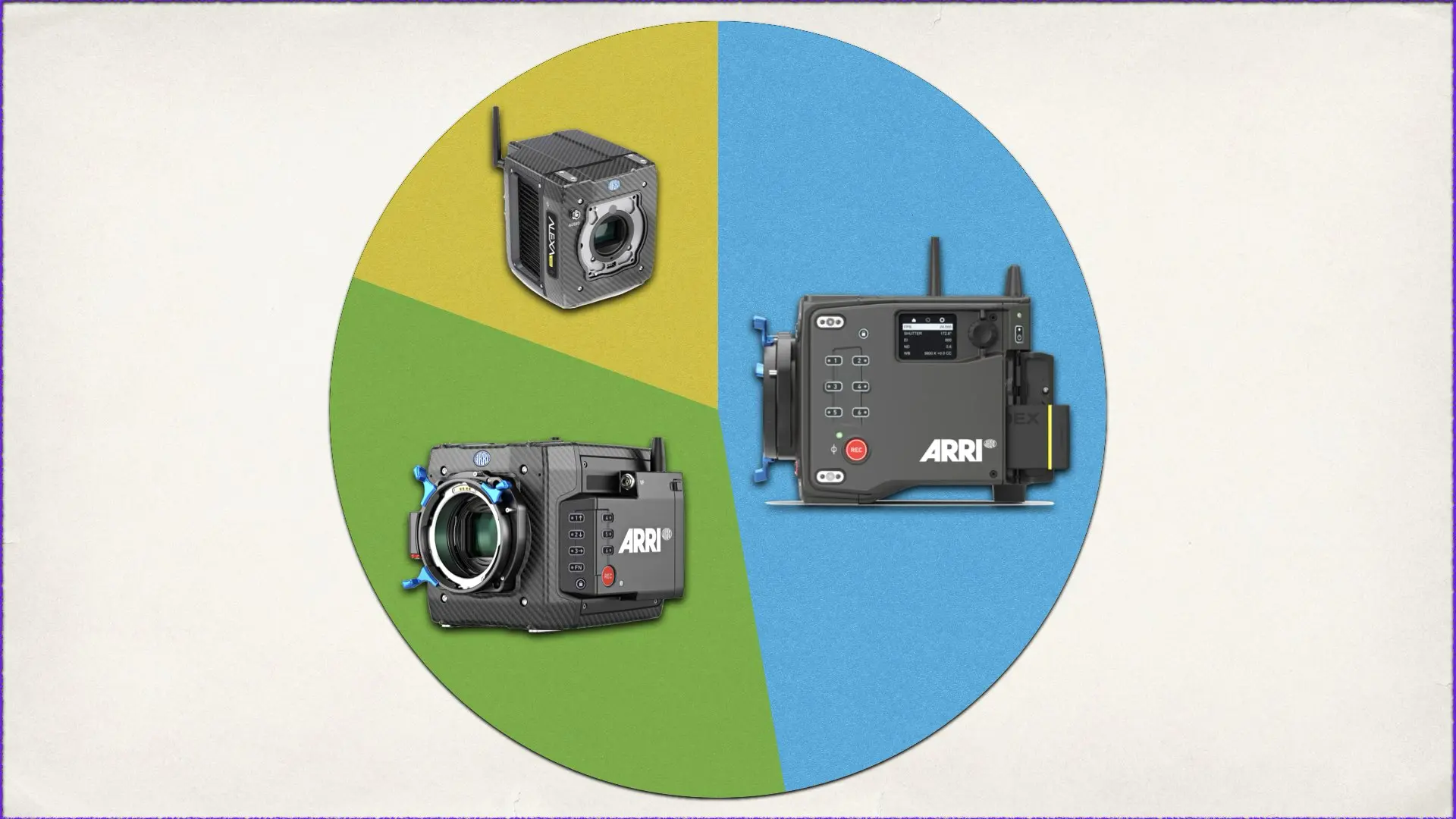
Canon’s Approach vs. ARRI’s Industry-Specific Focus
Canon has traditionally positioned its Cinema EOS cameras as versatile, hybrid systems that excel in a range of professional environments. While these cameras are undoubtedly popular in many sectors—such as corporate video, weddings, and television production—they may not have the same specialized appeal for independent filmmakers who value the very specific image quality that ARRI cameras provide. Canon’s offerings, while exceptional, have sometimes been perceived as not delivering the same cinematic “look” that many indie filmmakers are seeking, especially when compared to the ARRI ALEXA’s industry-standard reputation. The ALEXA 35, with its excellent reliability, organic color science, and high-end dynamic range, has become synonymous with high-quality indie films. Canon’s cameras, despite their robust feature sets and impressive image quality, often don’t have the same cachet in the narrative space. The brand’s focus on hybrid, consumer-friendly cameras might also contribute to the perception that Canon is more aligned with general content creation rather than the specific demands of cinematic filmmaking.
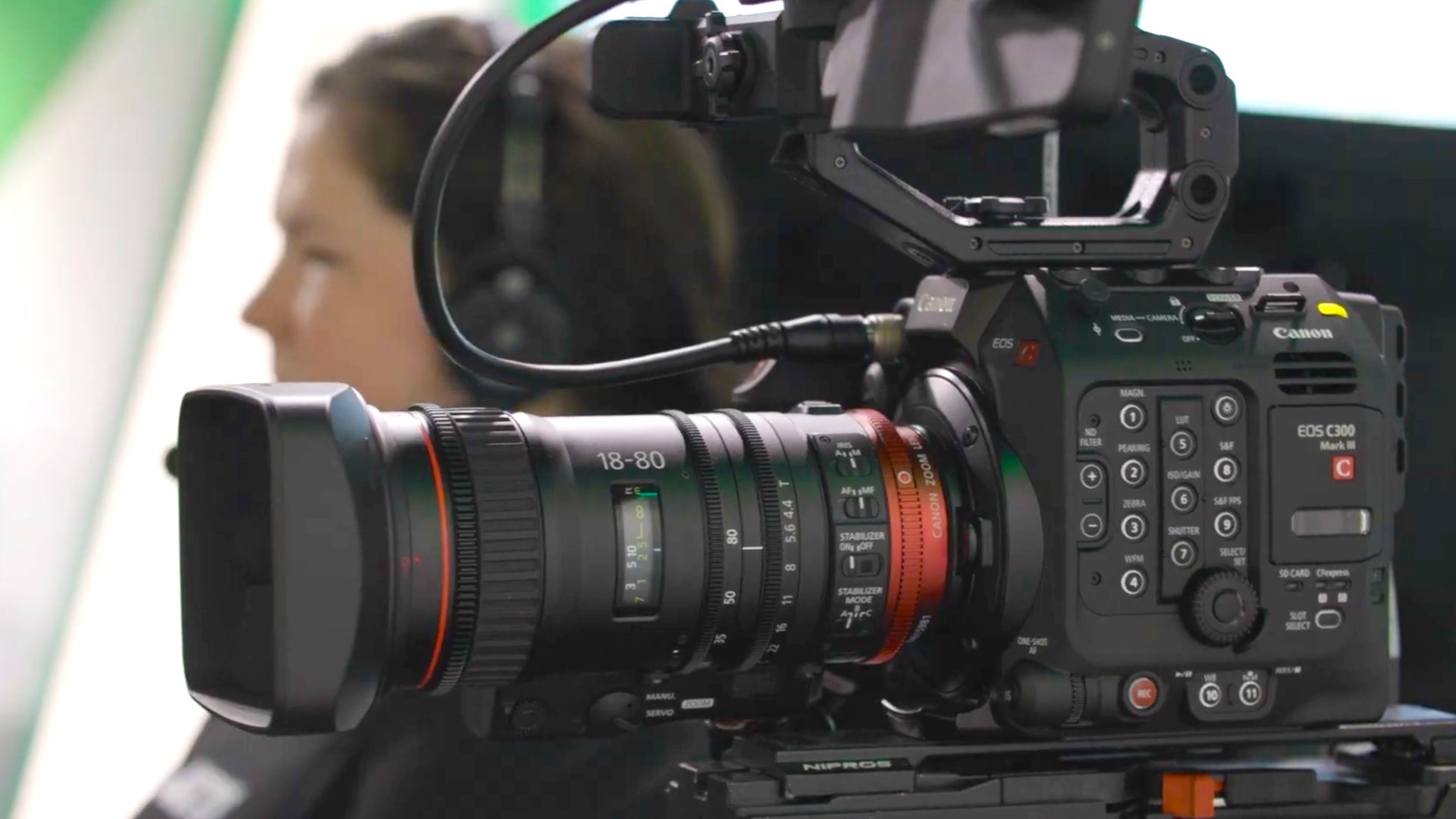
Canon’s Future in the Indie Market: Can it Compete with ARRI?
Canon has not been idle in addressing the needs of filmmakers. With advancements in its Cinema EOS line, including the impressive Canon C400 being Netflix-approved, the company has shown that it is committed to providing professional-grade cameras that meet the high demands of filmmakers. However, to gain traction in the indie film community, Canon may need to push further in terms of developing cameras that cater specifically to the artistic and technical preferences of these creators. Canon has made strides with lenses and cameras like the EOS R system and has introduced innovations like the 4K camcorders that appeal to broader sectors of the film and video production community. However, for Canon to break into the indie filmmaking space as a competitor to ARRI, it will need to emphasize its cinematic potential—something that the ALEXA line has already solidified.
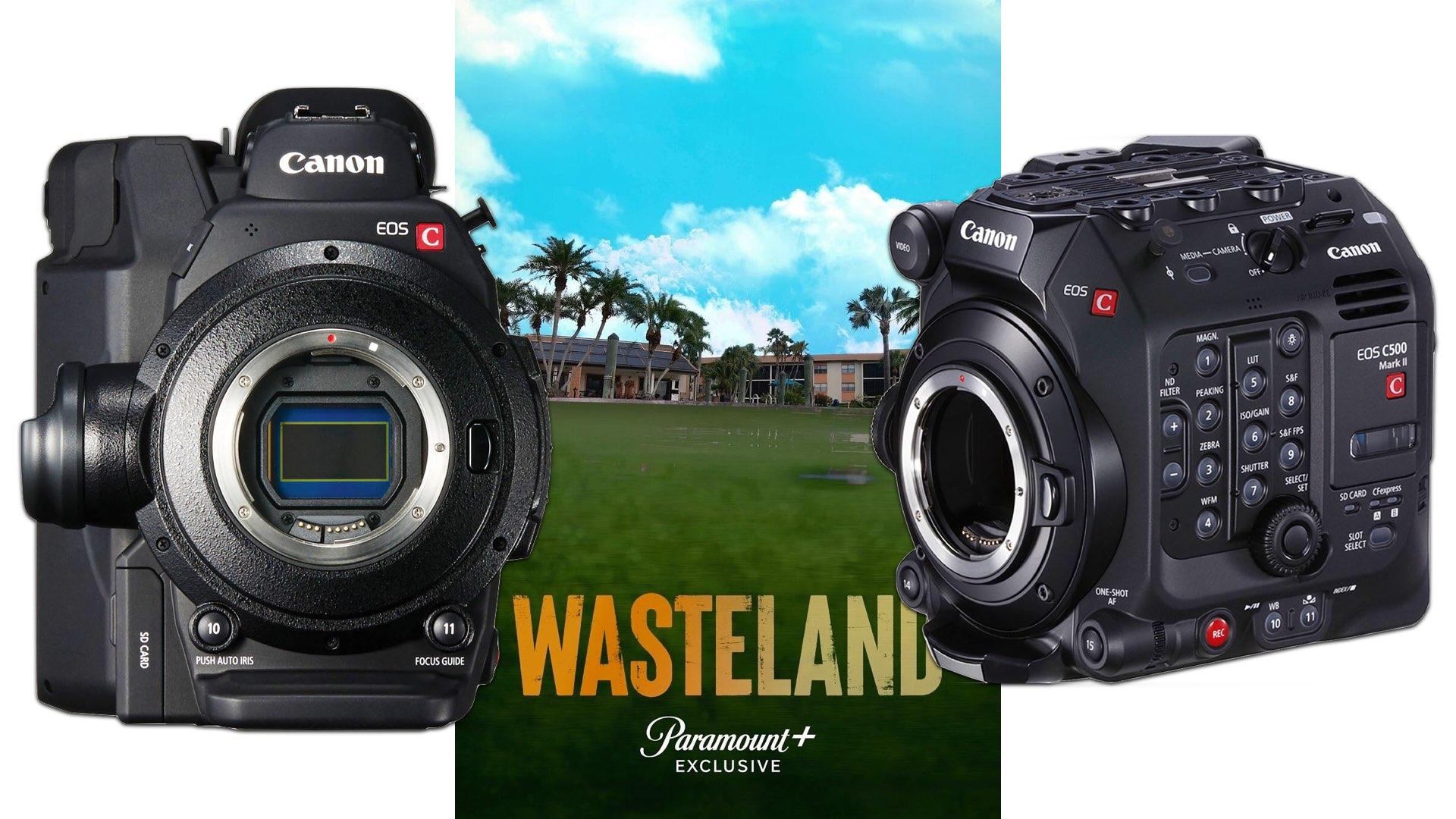
The Bigger Question: Is Canon’s Focus Too Broad?
Canon has cultivated a reputation as a versatile, multi-disciplinary camera brand, often producing equipment that satisfies a wide range of industries. But in the case of narrative filmmaking, especially in the indie circuit, there’s a clear argument that Canon’s broad focus may be working against it. The brand has arguably become a “jack of all trades” but not necessarily the first choice when it comes to the deeply artistic needs of independent filmmakers. While Canon continues to innovate with its cutting-edge technology and has certainly earned its place among top professional filmmakers, its perceived absence in the narrative segment of indie cinema—particularly at prestigious festivals like Sundance—reveals a gap that may need to be bridged. It raises the question of whether Canon’s vision aligns with the specific needs of indie filmmakers or if they might need to tailor their products even more to that particular sector, much like ARRI has done for years.
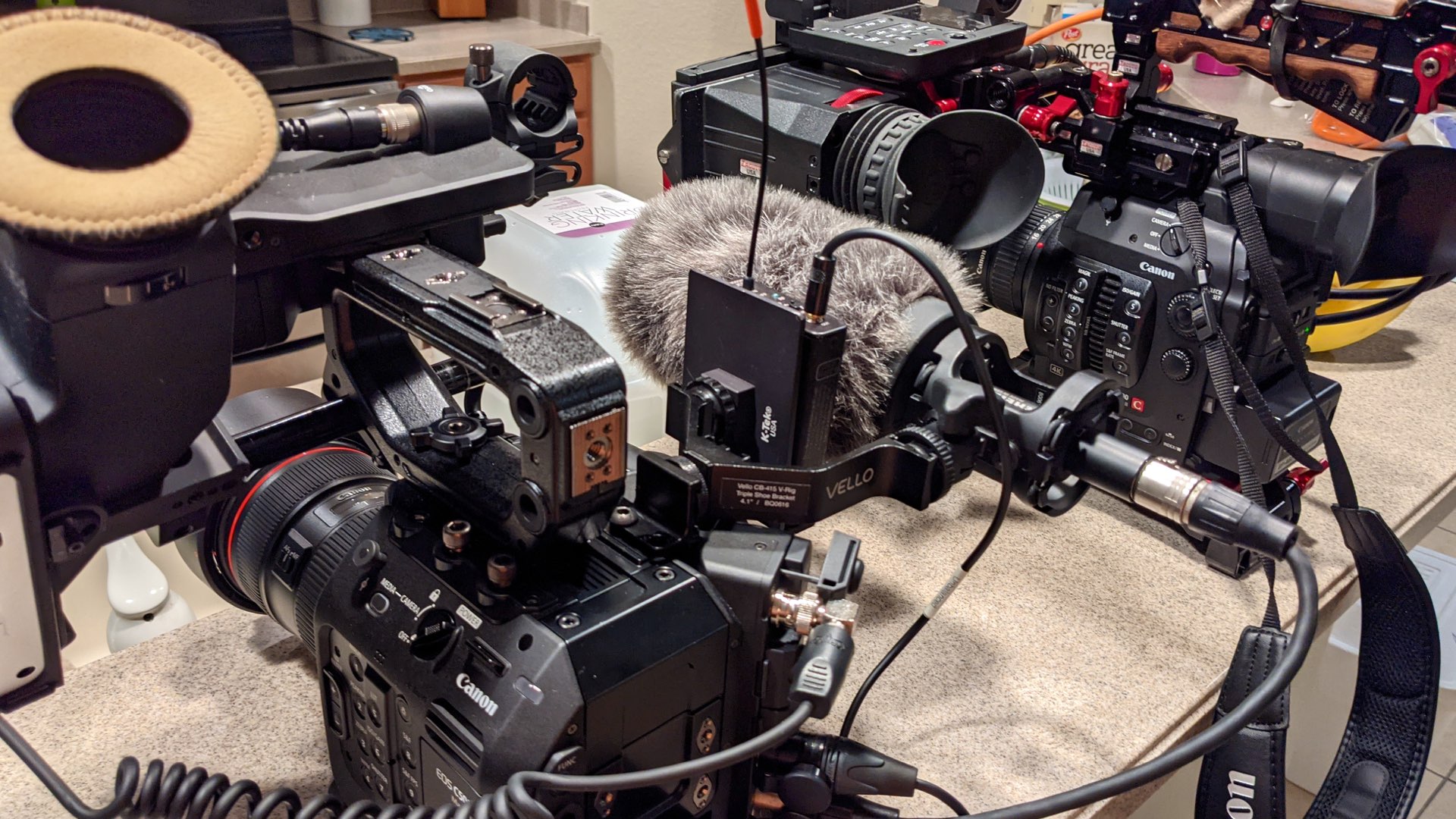
However, Canon’s shift cannot stop with indie filmmakers—it must also extend to its relationship with top Hollywood productions. To gain further acceptance among A-list directors and top-tier production companies, Canon’s Cinema EOS line needs to earn a reputation as the go-to choice for high-end, cinematic storytelling.
Conclusion: A Potential Shift for Canon?
Canon’s absence from the 2025 Sundance narrative camera list isn’t a sign of failure, but it does highlight an ongoing challenge in how the brand is viewed by the indie filmmaking community. While Canon continues to dominate in consumer markets and even in broadcast and commercial work, its Cinema EOS cameras face stiff competition from ARRI, a brand that has firmly entrenched itself as the gold standard in indie filmmaking. As Canon continues to innovate, particularly with developments like the 410-megapixel full-frame CMOS sensor, it will need to ensure that its products are viewed as not just functional, but as instruments that capture the unique artistic essence that filmmakers seek. In the competitive world of cinematic technology, it will be crucial for Canon to carve out a space that speaks directly to indie filmmakers, offering them the tools they need to tell their stories with the best possible image quality. However, Canon’s shift cannot stop with indie filmmakers—it must also extend to its relationship with top Hollywood productions. To gain further acceptance among A-list directors and top-tier production companies, Canon’s Cinema EOS line needs to earn a reputation as the go-to choice for high-end, cinematic storytelling. This means pushing the boundaries of image quality, dynamic range, and low-light performance, areas where ARRI currently holds the upper hand. Canon has the innovation and technical prowess to rise to the challenge. Yet, to make a lasting impact in Hollywood, Canon may need to refine the color science and unique “look” of its Cinema EOS cameras, aligning them with the artistic demands of major motion picture studios. Moreover, bolstering their cameras with new features tailored to the specific needs of large-scale productions, such as seamless workflow integration and advanced post-production support, could prove to be a game-changer (like a better RAW codec). In essence, for Canon to break into the upper echelons of Hollywood filmmaking and gain wider acceptance in the indie film world, it must not only meet but exceed the artistic and technical expectations of filmmakers. Whether it’s through leveraging cutting-edge sensors, refining its camera systems, or improving its lens offerings, Canon will need to pivot its approach to match the needs of these highly discerning visual storytellers. Only then can Canon’s Cinema EOS truly rival the dominance of ARRI in the high-end filmmaking market.
Get a a closer look at Canon’s best-selling products on AMAZON

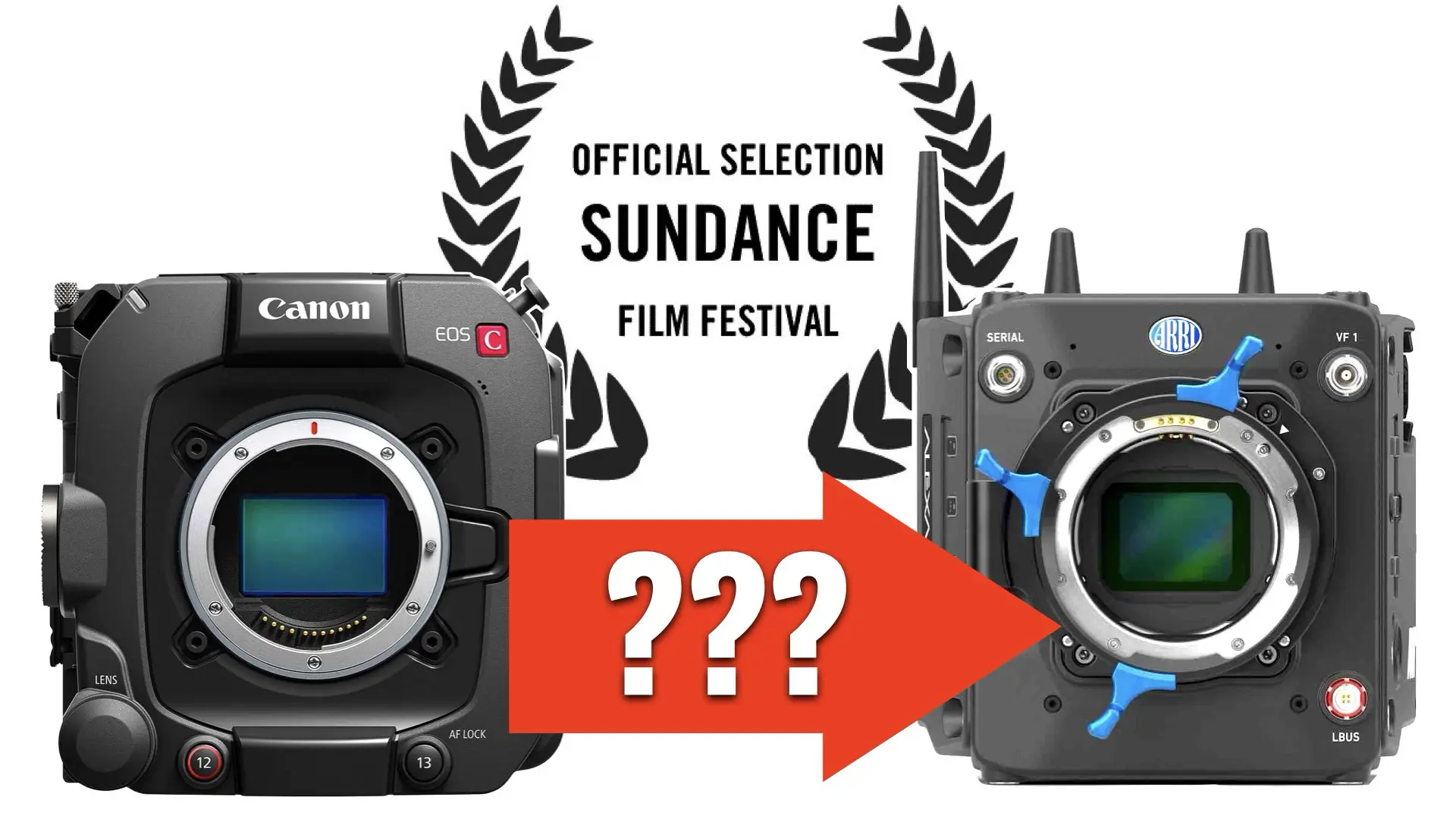
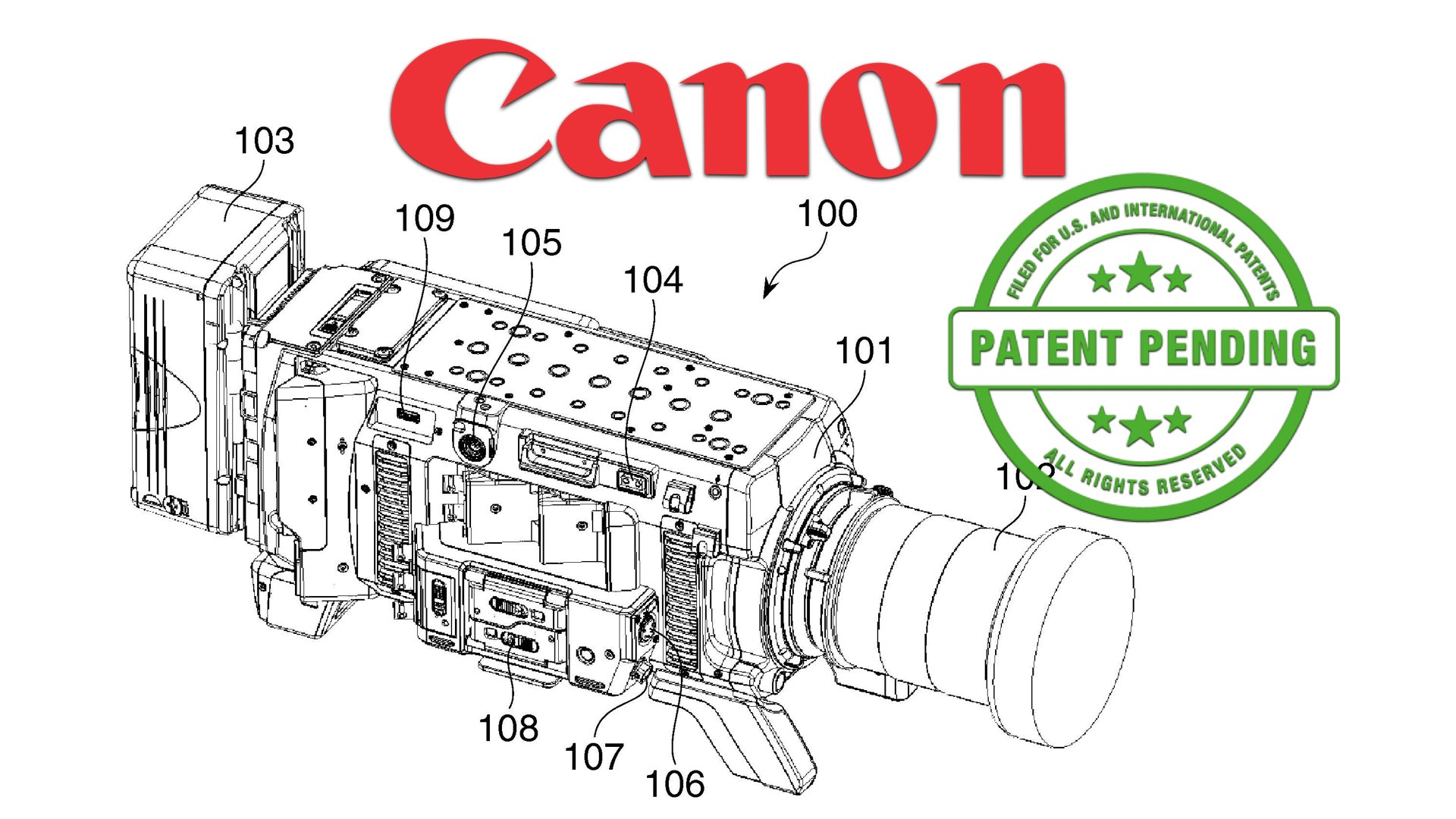
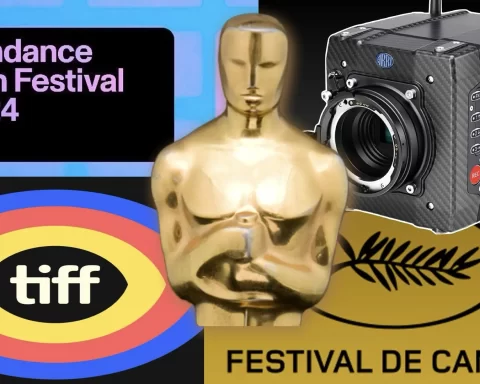

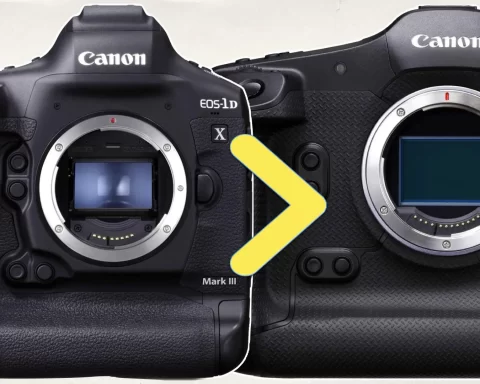
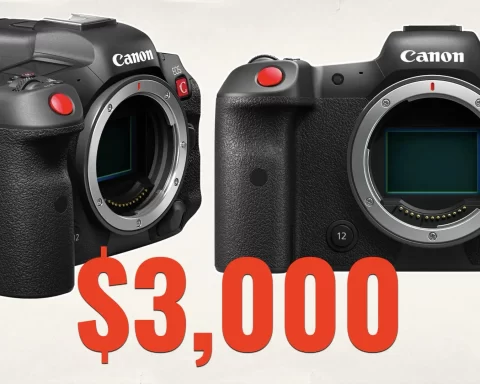

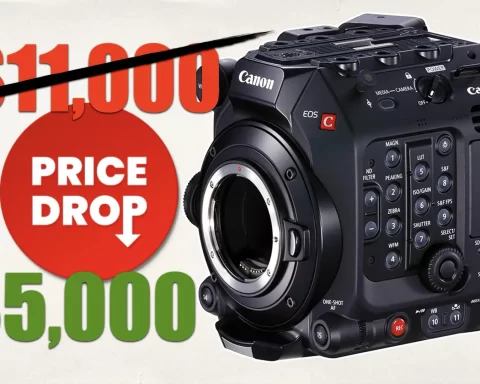
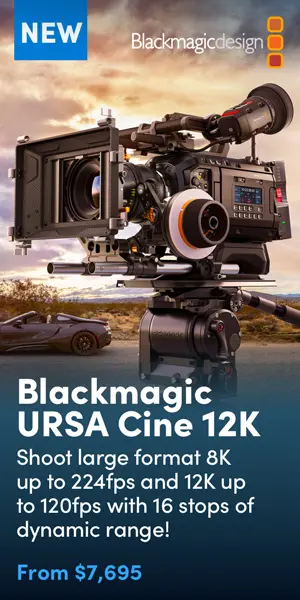

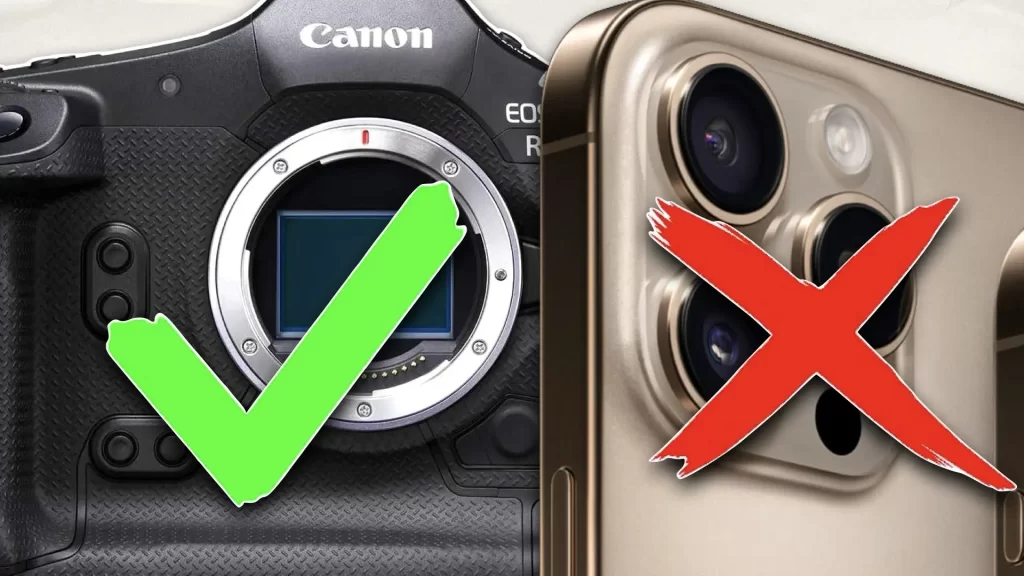
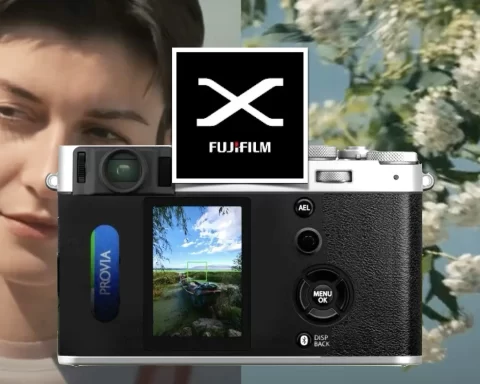
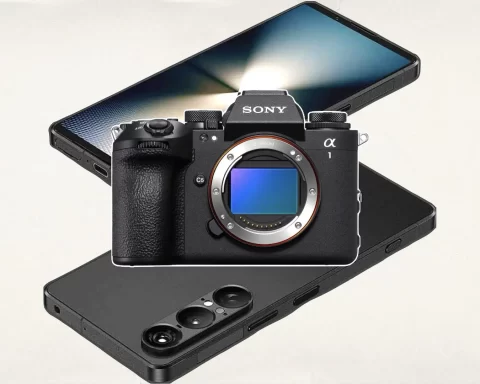
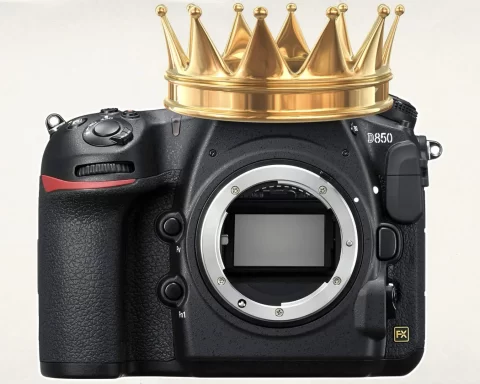
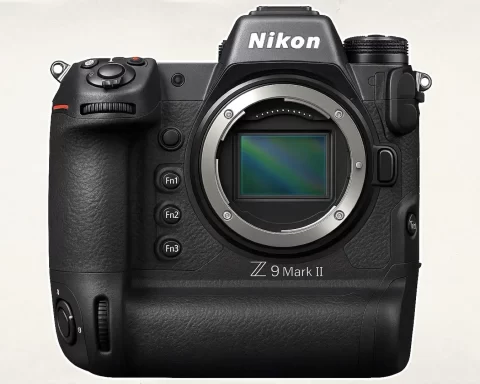
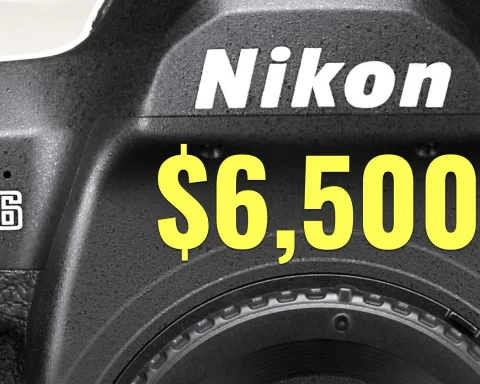


This article could do with updating as ‘Canon’s Absence from Sundance 2025’ is innacurate, there were numerous Canon cameras in the documentary category.